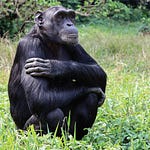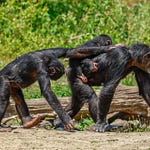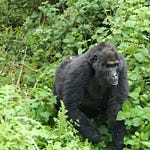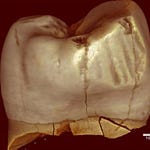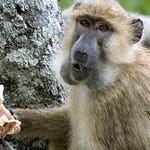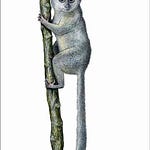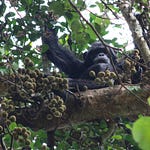In the forests of Taï National Park in Côte d'Ivoire, a young chimpanzee whimpers softly as a sudden noise rattles the canopy. Instinctively, it glances back at its mother. In a heartbeat, she reaches out—touching, comforting, anchoring. This ordinary gesture of reassurance speaks volumes, not only about maternal care in our primate cousins, but about the ancient evolutionary threads tying human emotional development to life in the wild.
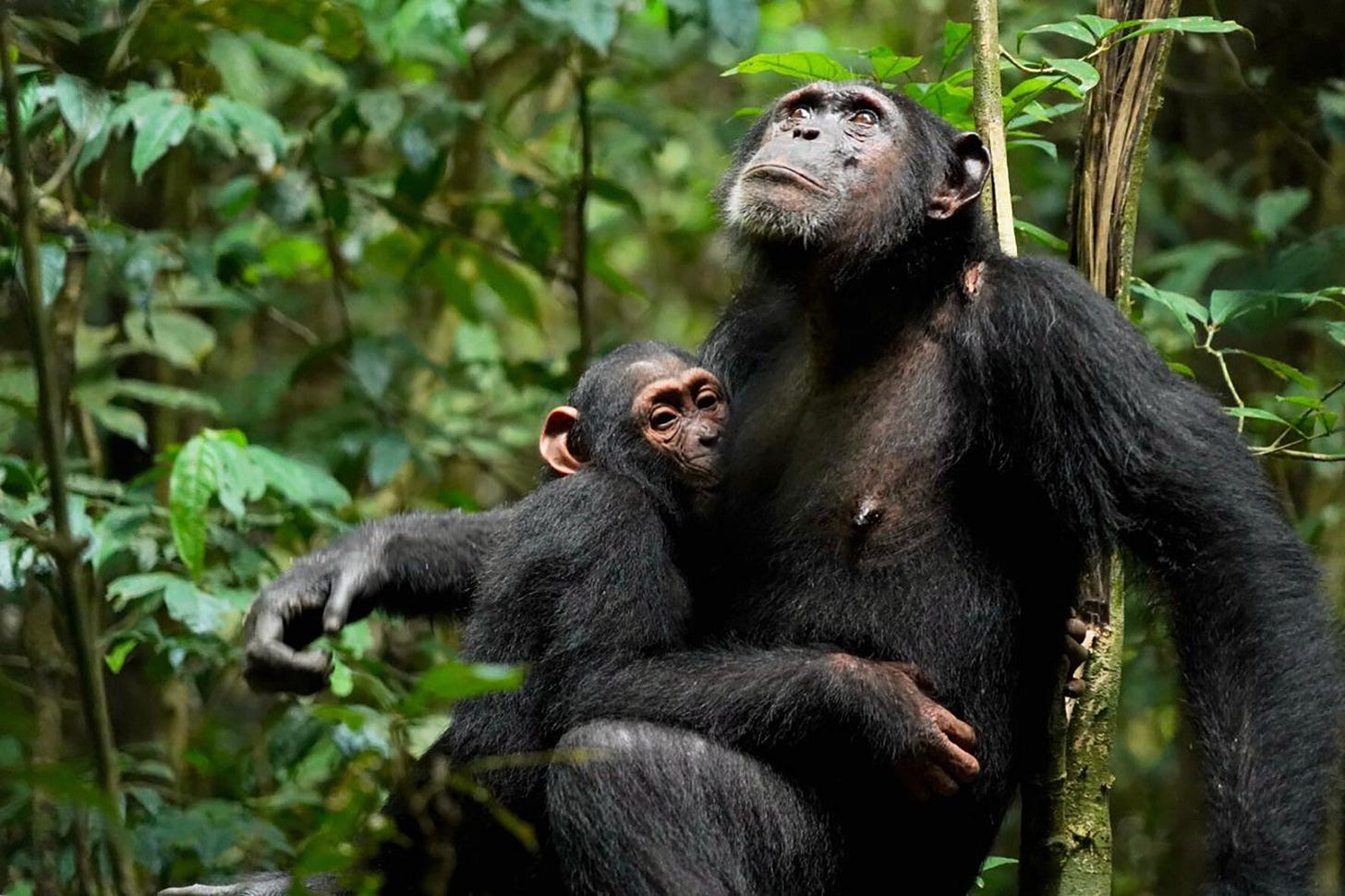
A new study in Nature Human Behaviour1 challenges some entrenched assumptions about early attachment. Researchers followed 50 wild western chimpanzee (Pan troglodytes verus) infants over nearly 3,800 hours of behavioral observation, documenting how they reacted to fear, sought comfort, and explored their world. What they didn’t find might be even more telling than what they did.
“We found no behaviors that indicated disorganized attachment in these wild chimpanzees,” said study co-author Eléonore Rolland, a primatologist affiliated with the Max Planck Institute for Evolutionary Anthropology.
“This supports the idea that such patterns may not be adaptive in the context of wild survival.”
Harlow’s Ghost: What Attachment Means in the Wild
Attachment theory, formalized by psychologist John Bowlby and expanded by Mary Ainsworth, posits that young mammals develop emotional bonds with caregivers to buffer distress and enhance survival. In humans, these are often categorized as secure, insecure-avoidant, insecure-resistant, or disorganized. Disorganized attachment, frequently observed in abused or neglected children, is considered maladaptive—a confused, chaotic response to trauma.
But these categories have largely been tested in laboratories or constrained institutional settings. What happens when you look for attachment in the untamed wild?
In the Taï chimpanzees, researchers catalogued attachment behaviors across threatening events, such as predator encounters or intergroup conflict. Some infants sought proximity and comfort, typical of secure attachment. Others stayed calm but kept their distance—mirroring human children with an avoidant style. What they didn’t see: confusion, freezing, aggression, or contradictory behaviors associated with disorganized attachment.
“Across 3,795 hours, there were no signs of infants showing distress without seeking comfort, or behaving erratically toward their mothers,” noted the team. “This contrasts sharply with data from captive chimpanzees and human children in institutional care.”
In fact, mother-to-offspring aggression was rare. The rate of contact aggression was just 0.003 events per hour. And those few moments were overwhelmingly minor: a shove, a slap—not the sort of sustained hostility that fractures bonds.
Captivity’s Shadow: Why Environment Shapes Attachment
Disorganized attachment, by contrast, has been documented in captive chimpanzees at rates as high as 72%, especially among orphans or those raised without consistent maternal care. These settings remove the ecological pressures—predation, food scarcity, intergroup violence—that make stable bonds a matter of life and death.
“Captive chimpanzees are rarely exposed to direct survival threats,” the authors note. “But they face psychosocial stressors, such as being removed from their mothers, confined in unnatural groupings, or deprived of normal caregiving.”
This mirrors what developmental psychologists observe in human children raised in institutional settings: disorganized attachment thrives in fragmented environments, where caregiving is inconsistent or absent.
No Room for Chaos: Survival and Sociality in Chimpanzee Childhood
Attachment, the researchers argue, is not just a psychological feature—it’s an evolved survival strategy. In environments where threats are frequent and resources limited, those without a coherent response to distress are at risk. Disorganized attachment may simply not survive the rigors of the wild.
“If it occurs at all, disorganized attachment likely results in early mortality,” the study concludes. “It is not a viable strategy under natural selection.”
Chimpanzee infants, like human ones, rely on a secure base to explore their surroundings. In Taï, infants with secure attachments were more likely to stay near their mothers when distressed, but also ventured out confidently when conditions were safe. Those with avoidant traits explored more independently, yet still within the framework of predictable, coherent behavior.
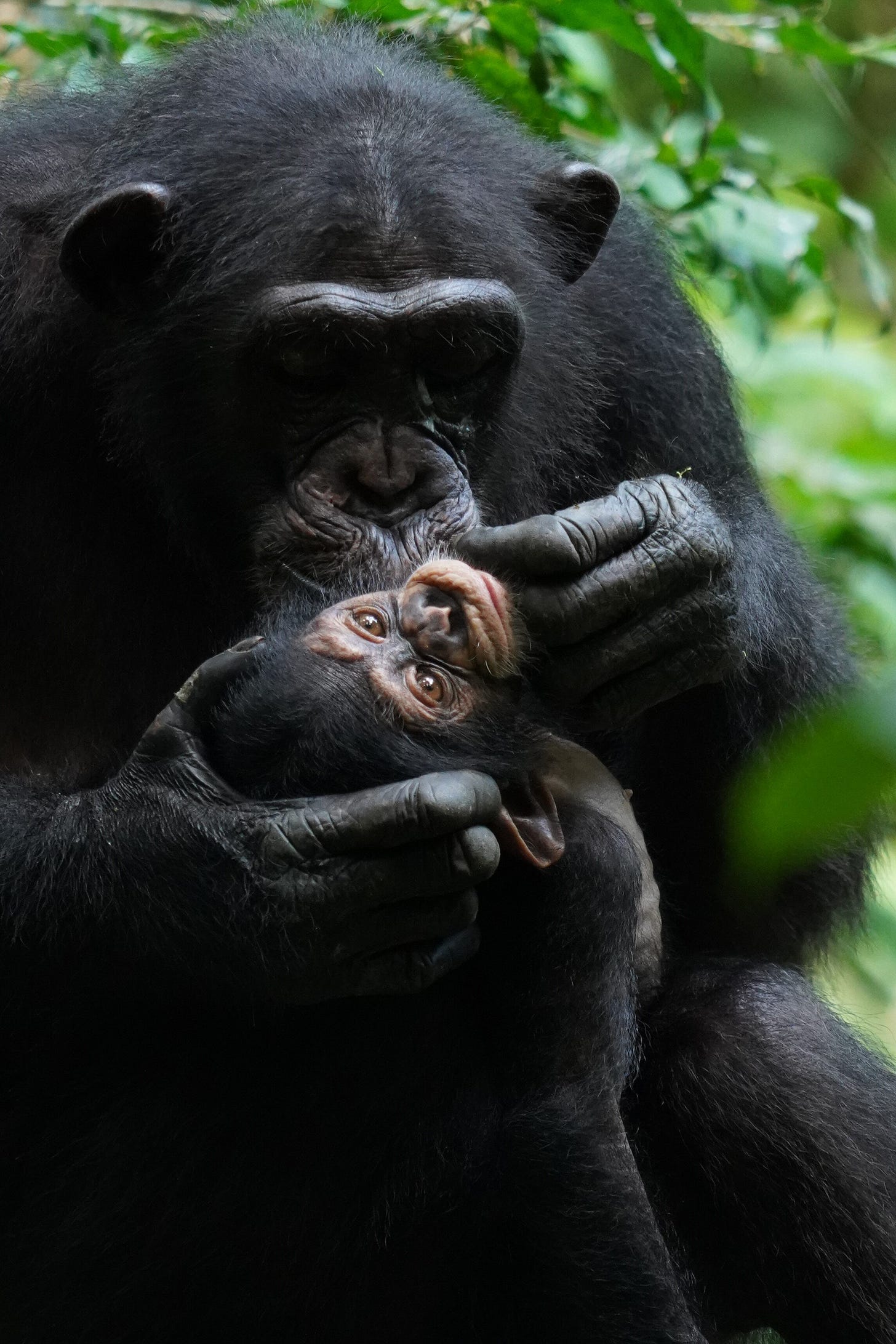
No individual showed the incoherence or contradiction typical of disorganized attachment—no infants attacked their mothers, fled from comfort, or froze in fear without cause.
Reflections for Humans: What Wild Chimps Teach Us About Ourselves
This raises a provocative question: has the prevalence of disorganized attachment in modern humans emerged not in spite of, but because of our departure from ancestral caregiving conditions?
“Human parenting today often takes place outside the extended social networks and ecological constraints that shaped primate evolution,” said Catherine Crockford, a senior co-author. “Our findings suggest that some modern caregiving environments may deviate from conditions that optimize infant development.”
Roman Wittig, another co-author, added that understanding these patterns is not about idealizing the wild, but recognizing how deep-rooted our needs for consistency, responsiveness, and closeness really are.
“Shared attachment strategies between chimpanzees and humans may reflect a common evolutionary heritage,” the authors write. “They underscore how early life experiences shape social competence, survival, and even reproductive success.”
A Lens Into the Past—and the Present
The absence of disorganized attachment in wild chimpanzees suggests that early emotional development follows evolutionary tracks shaped by millennia of survival pressure. Captivity, in contrast, disrupts those tracks.
In the end, wild apes remind us of something deeply human: the need for connection, the importance of safety, and the invisible threads between biology and emotion that stretch across generations.
Clay, A. W. (2012). Attachment and early rearing: longitudinal effects in chimpanzees (Pan troglodytes). PhD Thesis, Georgia Tech.
Available onlineVan IJzendoorn, M. H., Bard, K. A., Bakermans-Kranenburg, M. J., & Ivan, K. (2009). Enhancement of attachment and cognitive development in young nursery-reared chimpanzees in response to responsive care. Developmental Psychobiology, 51(2), 173–185.
DOI: 10.1002/dev.20360Rilling, J. K., & Young, L. J. (2014). The biology of mammalian parenting and its effect on offspring social development. Science, 345(6198), 771–776.
DOI: 10.1126/science.1252723Bowlby, J. (1969). Attachment and Loss: Volume I. Attachment. Basic Books.
Rolland, E., Nodé-Langlois, O., Tkaczynski, P. J., Girard-Buttoz, C., Rayson, H., Crockford, C., & Wittig, R. M. (2025). Evidence of organized but not disorganized attachment in wild Western chimpanzee offspring (Pan troglodytes verus). Nature Human Behaviour, 1–12. https://doi.org/10.1038/s41562-025-02176-8



